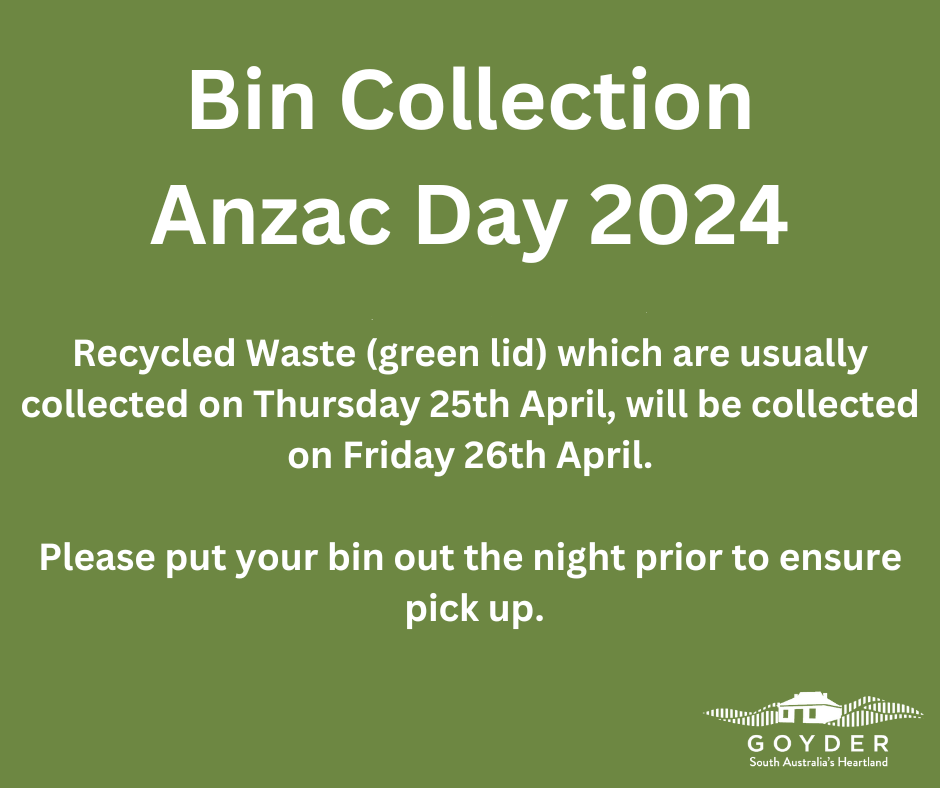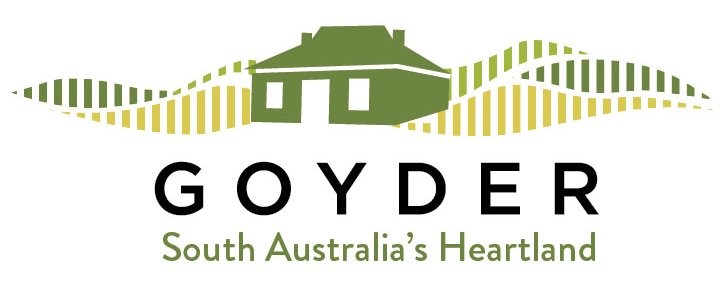CWMS (Community Wastewater Management Scheme)
What is CWMS
A Community Wastewater Management System (CWMS) is defined as a system for the collection and management of wastewater generated in a town, regional area or other community.
Charges
State legislation allows Council to recover the full cost of operating and maintaining the CWMS from users of the service. The cost of the service is detailed in Council’s Schedule of Fees and Charges.
How the CWMS is funded
Council charges property owners connected to the CWMS an annual service charge that is separately itemised on their rates notice. All fees collected are re-invested in the system.
If you are unsure if your property is connected to the CWMS, check your rates notice. If there is a CWMS charge, your property is connected (See Example Below).

What the CWMS charge covers
- Routine three (3) yearly pump outs of septic tanks
- The operation and maintenance of the network
- Renewal and upgrade of the mains
- Service support
- Treatment and reuse of the effluent
- Costs associated with depreciation, capital and risk.
Septic Tank System vs Sewer
A septic tank system collects all sewerage from the household and settles out the solid waste and allows the liquid wastewater (effluent) to pass through and be discharged to the CWMS pipework. The solid waste that remains in the tank will be pumped out by Council every three years.
With a sewer system there is no septic tank required and all household sewerage leaves the property via drainage system and is treated and disposed of by Council. Regional Council of Goyder does not operate any sewer type systems.
Does Council maintain my septic tank?
No. The septic tank is the responsibility of the property owner to maintain in good working condition. However Council does include one scheduled pump out of your septic tank every three years. Any additional pump outs are the responsibility (and cost) of the property owner.
Figure 1 below shows the responsibility of the CWMS drain.
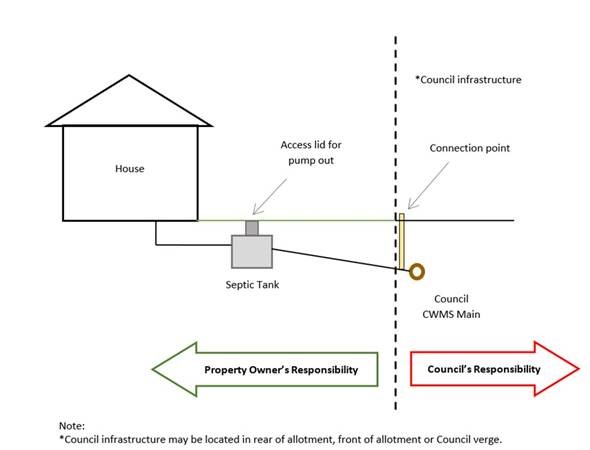
Figure 1: Owner & Council Responsibility
What is a Septic Tank?
Septic tanks have been used in areas for many years as the first stage of treating wastewater. Waste water from your toilets, laundry, bathrooms and kitchen is gravity fed into the septic tank for treatment, where the liquid and solid portions of the waste are separated.
The solids settle to the bottom of the tank where naturally occurring bacteria convert the material into sludge, while the liquid effluent passes out of the septic tank and into the CWMS.
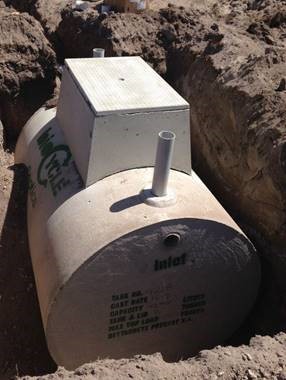 Figure 2: A septic tank (3000 litre) for domestic use with riser installed, prior to being connected to house and CWMS network drains
Figure 2: A septic tank (3000 litre) for domestic use with riser installed, prior to being connected to house and CWMS network drains
What is the access hatch and why do I need it?
Your septic tank is required to have an accessible lid to provide access for desludging (pumping out). The hatch on the septic tank is usually only accessible by a riser with a concrete lid (as most septic tanks are buried). Some images below show a typical septic tank hatch.
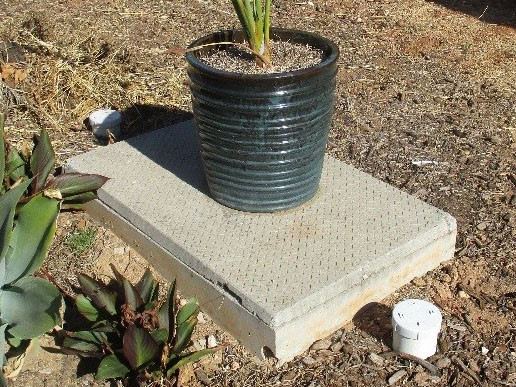
Figure 3A: Another example of a riser lid that also is accessible for Council desludge contractors. A pot plant or other garden furnishing is acceptable as long as they can be easily moved by one person.
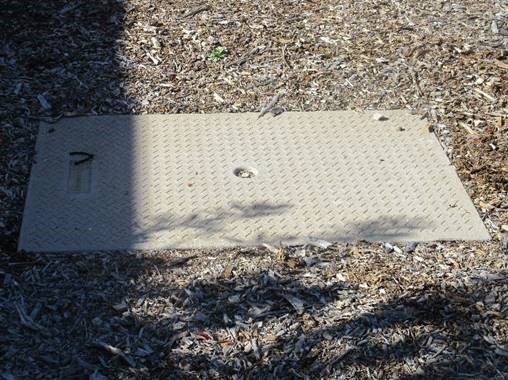 Figure 3: This Concrete Lid must be easily located accessible for Council desludge contractors
Figure 3: This Concrete Lid must be easily located accessible for Council desludge contractors
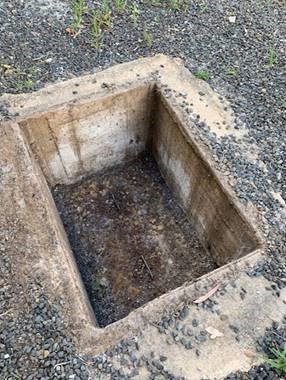 Figure 4: Once the concrete lid has been removed from the top of the riser the two concrete hatch covers on top of the septic tank can be seen (note the two metal handles). These provide direct access to the solids chamber of the septic tank.
Figure 4: Once the concrete lid has been removed from the top of the riser the two concrete hatch covers on top of the septic tank can be seen (note the two metal handles). These provide direct access to the solids chamber of the septic tank.
Scheduled Desludging (Pump outs)
Septic tanks for properties connected to the CWMS are pumped out by a contractor engaged by Council once every three years. Council will notify you when your septic tank is due to be pumped out.
If Council (or its contractor) cannot access your septic tank hatch via the lid (as shown above) to pump it out you will be responsible for arranging your own pump out.
What is a CWMS inspection point?
The CWMS inspection point is the point where wastewater enters Councils CWMS. This point must not be covered as Council may need to access it from time to time to undertake maintenance of the system.
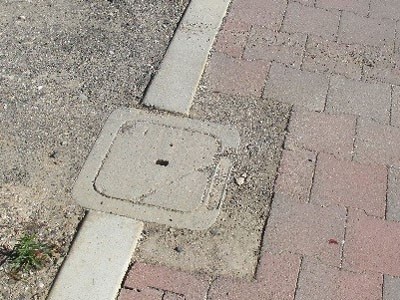 Figure 5: A typical property boundary CWMS concrete inspection point cover
Figure 5: A typical property boundary CWMS concrete inspection point cover
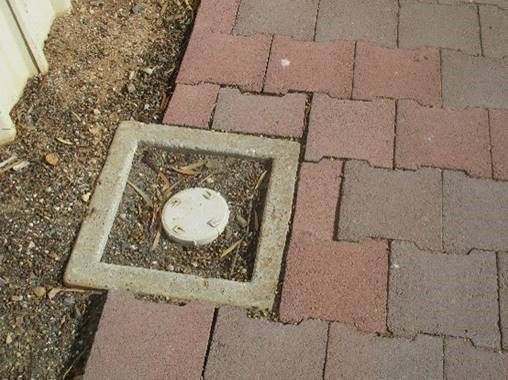 Figure 5A: Property CWMS inspection Point exposed
Figure 5A: Property CWMS inspection Point exposed
When the centre section of the cover is removed the PVC access inspection point is exposed
How do I know if a blockage is in my drains or Council CWMS?
The best way to determine this is to locate the CWMS inspection and observe if there is any effluent leaving your property. If there is, it is most likely an issue with Council’s CWMS and you should contact Council in the first instance.
Waste water not getting away from inside house: blocked between house and septic tank inlet homeowner issue - Contact Plumber
Waste water spilling from septic tank lid: blockage between septic tank outlet and Councils drainage system, issue could be homeowner or Council infrastructure - Contact Plumber
If there is no water flow observed though the inspection point then it is most likely on your property and you should contact a licensed plumber to clear the blockage.
Building over CWMS infrastructure
In general, Council will not approve the construction of any structure over or under any CWMS infrastructure.
How do I maintain my septic system?
Maintaining your septic system and the associated drains is important. Damages drains should be repaired quickly to help reoccurring blockages and in all circumstances be undertaken by a licensed plumber.
SA Health’s Maintenance of septic tank systems fact sheet has some valuable information regarding maintenance of your system.
What do I do if I need to replace my septic tank?
If at any time you need to update the size of your septic tank or replace it you will need approval FROM Council. Contact Council’s EHO in the first instance for advice or any assistance.
Is it OK to drain storm water into the CWMS?
No it isn’t under any circumstances. Residents must not allow any rainwater, storm water or surface water to enter the CWMS.
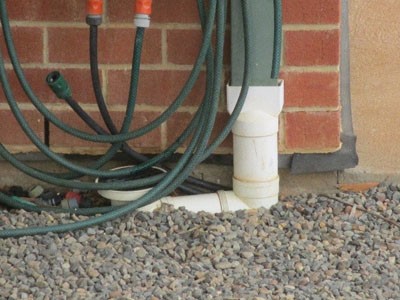 Figure 6: Illegal roof storm water disposal into house flood gully.
Figure 6: Illegal roof storm water disposal into house flood gully.
The resident has directed the down pipe from the house gutter into septic system drainage and Council CWMS.
Do I need approval to discharge swimming pool or spa wastewater into the CWMS?
Yes you will need approval however there is no fee. A connection in the wrong location can create issues on your property so please contact Council’s EHO in the first instance for advice or any assistance.
Legislation
Council is bound by South Australian Legislation in relation to the management of its CWMS and on-site waste water treatment systems such as septic tanks.
Please view SA Health's Waste Water Legislation page for more information.
Further information regarding your Council rates can be found on the Local Government Association website.
Difficulty paying
If you are on a low or fixed income, or experiencing financial hardship, you may be eligible for state government assistance through the cost-of-living concession and/or the sewerage concession. For more information, visit sa.gov.au/concessions or call
If you require further information contact:
Phone:
Email: council@goyder.sa.gov.au
